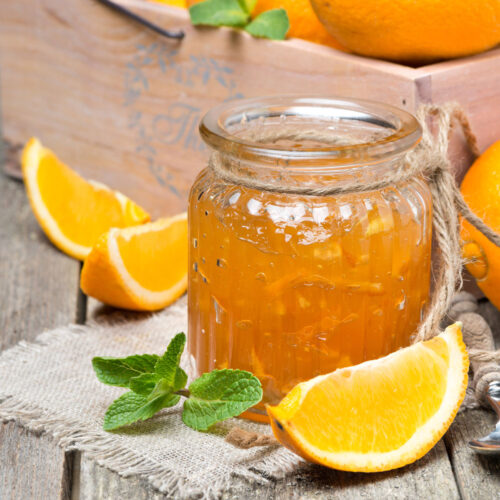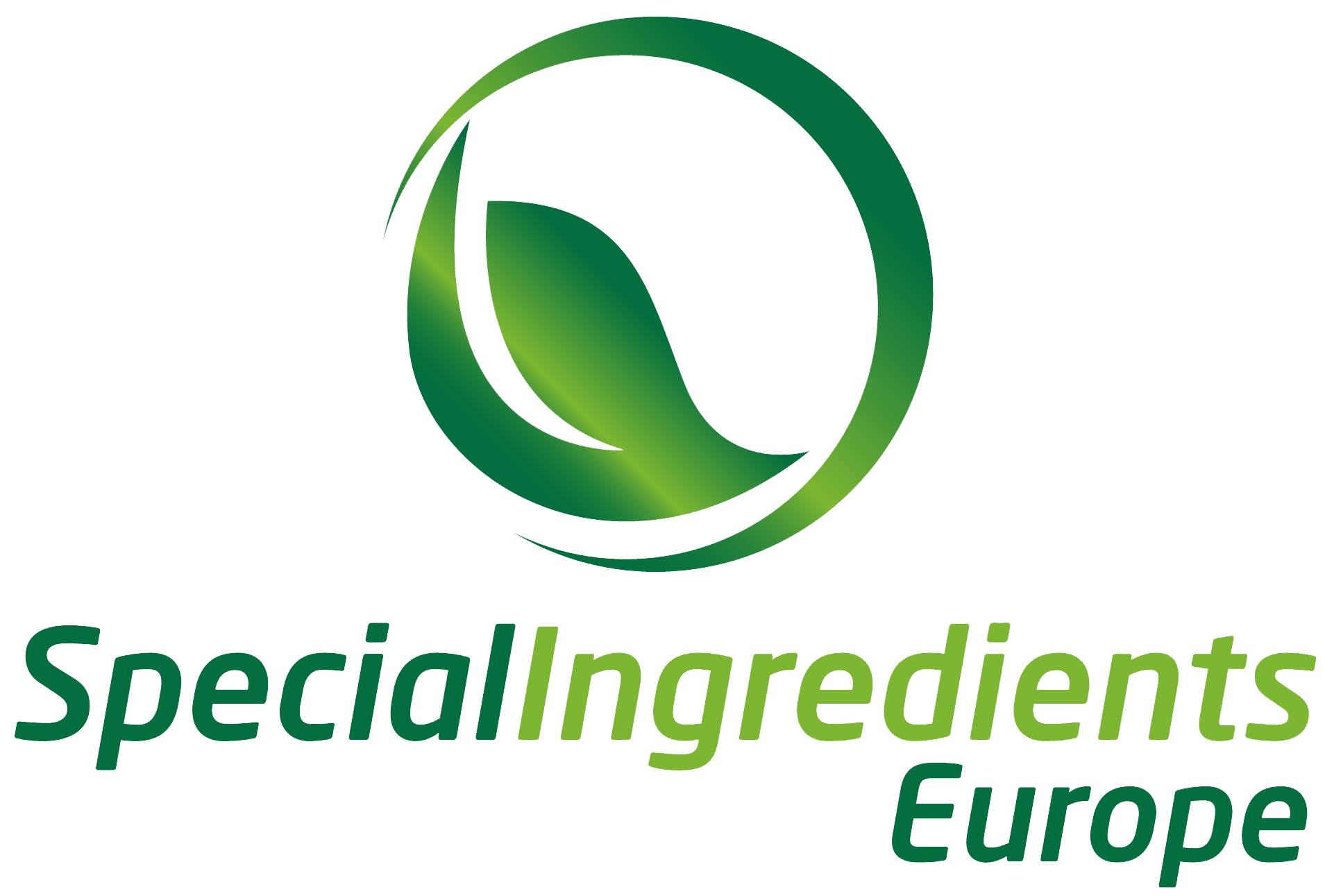Welcome, dear food enthusiasts and marmalade lovers! Today, we are excited to share with you the best marmalade recipe using pectin. But before we dive into the recipe itself, let’s take a brief journey through the history of this delightful preserve.
Marmalade, a vibrant, tangy spread typically made from citrus fruits, has a long and fascinating history that dates back to ancient times. With a nod to the past and a modern twist, we present to you our best marmalade recipe using pectin. This easy-to-follow recipe will result in a delicious, tangy, and beautifully set marmalade that pays homage to its rich history while embracing contemporary techniques. Enjoy the process of making this delightful preserve and impress your friends and family with the fruits of your labor!
Happy cooking!

Best Marmalade – made with Pectin
Equipment
Ingredients
- 2000 g oranges
- 2 whole lemons
- 2000 g water
- 1000 g sugar
- 50 g pectin
Directions
- Wash the oranges and lemons thoroughly. Remove any stems and cut the fruit into thin slices, removing the seeds as you go.
- In a large pot, combine the sliced oranges, lemons, and water. Bring to a boil, then reduce heat and simmer for 30-40 minutes, or until the fruit is soft and easily mashed.
- Use a potato masher or immersion blender to break down the fruit until the desired consistency is reached. You can make it as smooth or chunky as you like.
- In a separate bowl, mix the sugar and pectin together. Gradually add the sugar-pectin mixture to the fruit, stirring constantly to prevent clumping.
- Bring the mixture back to a boil, stirring constantly. Once it reaches a rolling boil, continue cooking for 5-10 minutes, or until the marmalade reaches your desired thickness. Perform a cold plate test to check the set: place a small spoonful of marmalade on a cold plate and let it cool for a minute. If it forms a skin and wrinkles when pushed, it’s ready.
- Carefully ladle the hot marmalade into sterilized jars, leaving a 1/4-inch headspace. Wipe the rims clean, place the lids and bands on, and process in a boiling water bath for 10 minutes to seal.
- Remove the jars from the water bath and let them cool completely. Check the seals, then store in a cool, dark place for up to one year. Refrigerate after opening.
The word “marmalade” is believed to have originated from the Portuguese word “marmelada,” which referred to a quince paste similar to today’s quince jelly. The concept of marmalade made its way to England in the 15th century, where it evolved into the citrus-based preserve we know and love today.
Traditionally, marmalade was made using the natural pectin found in citrus fruits, which helps the preserve achieve its characteristic gel-like consistency. However, not all citrus fruits contain enough pectin to create the perfect set, which is where our modern-day hero, pectin, comes into play. Pectin is a natural carbohydrate extracted from the cell walls of plants, often sourced from apples or citrus peels. By incorporating pectin into our marmalade recipe, we can ensure a consistent and delightful texture every time.
